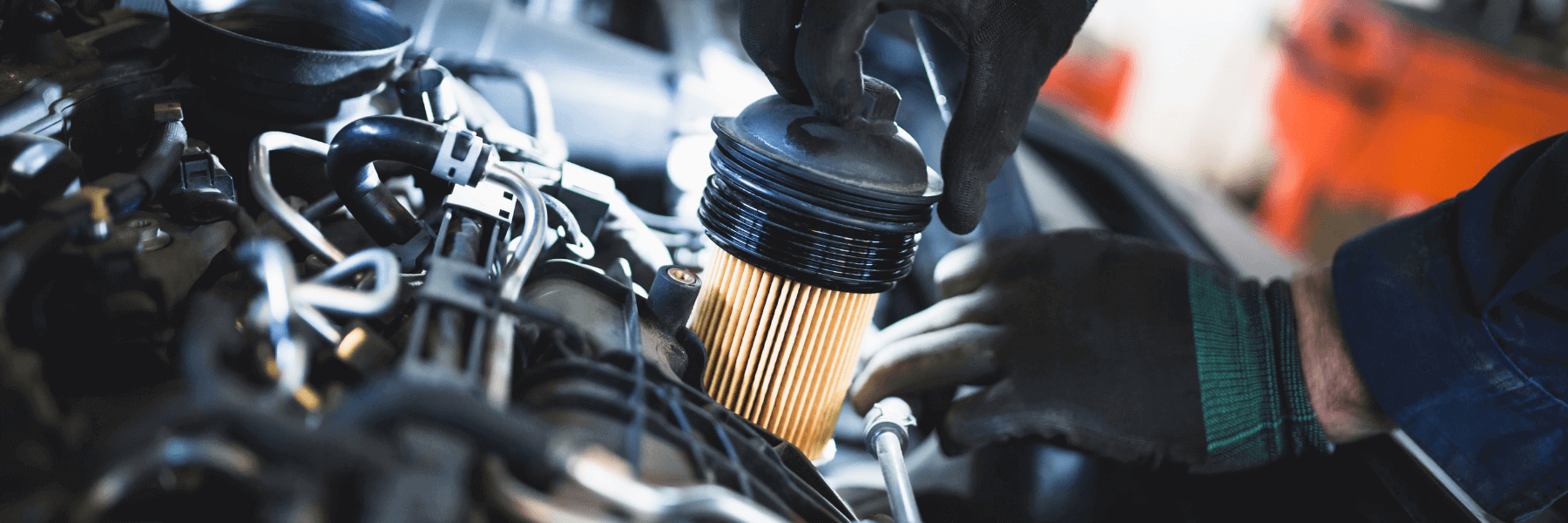While most people know the importance of getting routine oil changes, it’s not as commonly known how vital it is to give your belts and hoses a check-up too. These parts play an important role in the function of everything from your alternator to your air conditioning. And when driving, a vehicle’s belts and hoses are constantly exposed to high levels of heat, vibration, and chemicals that will lead to cracking, leaking, fraying, and peeling.
When it comes to proactive maintenance, it’s very important to take care of these areas. Belts and hoses tend to have a shorter lifespan than other vehicle parts, and can have a dangerous impact on other areas in your vehicle as they deteriorate over time, or worse, break altogether.
Here’s how you can keep an eye (and ear) out for any faulty belts or hoses, and what to do if you notice any of these signs.
3 Signs That You Have Belt and Hose Damage
There are a few tell-tale signs that your belts and hoses need to be checked. If you spot these signs, it’s best to get the auto repair you need sooner rather than later. Let’s run through what you should look for:
Weird Noises
You might hear some unusual chirping or squealing noises coming from your engine, especially when accelerating. These shrieking sounds can point to there being a loose or damaged belt. Air conditioners and heaters also use belts, so if you only hear this sound while the air or heat is running, this could also be due to a faulty belt.
Fluid Leaks
If you’ve noticed any grimy spots appearing on your garage floor or driveway, then you might have a loose or broken hose. A variety of factors can cause hose leaks, but most commonly, it’s from exposure to high temperatures. The lengthy exposure to heat causes the rubber to dry out. When the heat exposure mixes with pressure, the pressure will build up in the hose causing weak spots to develop. This leads to a hose leaking. And despite hoses being made from resilient rubber, they’ll still degrade over time.
Timing Belt Replacement
Timing belts are vital to keeping your vehicle running. In fact, if a timing belt breaks and damages your engine, you won’t be able to drive your car at all. This is an instance where proactive maintenance can extend the life of your timing belt, saving you a lot of money! If a faulty timing belt damages your engine, you can be looking at spending between $3,000-$5,000 for a new one. Most timing belts should be replaced every 80,000 miles, but check your owner’s manual to see what’s best for your vehicle.
Here’s How to Look for Damage
It’s never a good thing when a hose or belt breaks, as it can lead to further damage in other parts of your vehicle. This chain reaction will absolutely drive the auto repair costs up. That’s why we recommend that you keep an eye on these sensitive belts throughout the year. Here’s how you can visually inspect your vehicle:
- Check for any cracks, fraying, or splits on the top cover
- Check the belt’s sides for any signs of glazing
- Twist the serpentine belt to see if there are separating layers, cracks, or missing chunks of the grooves on the underside.
- If any belts appear greasy
- If any of your hoses have hardened or softened over time
However, not all belt and hose damage can be spotted with a simple visual inspection, so it’s important to make these inspections a routine part of your vehicle’s maintenance when you get the oil changed. Here’s how an expert mechanic can diagnose any issues:
- Search for clear indication of damage
- Test for correct tension and alignment
- Apply sophisticated pressure technology to test cooling system for leaks
- Record hose condition for future reference
Mechanics have all of the state-of-the-art tools to make sure that your vehicle is performing how it should, and are able to catch any problems before the belts deteriorate to the point of cracking, which can lead to other complications in your vehicle.
Conclusion
Keeping your belts and hoses in good condition is just as important as getting your oil change. If you haven’t had your belts and hoses checked in a while, or you think there might be a problem, you can stay ahead of the issue before it gets worse. If you start forming a habit of getting these parts checked each time you change the oil, you can save yourself a lot of trouble and money down the road.
Haven’t had your car belts checked in a while? You can quickly schedule an appointment and drop by!



